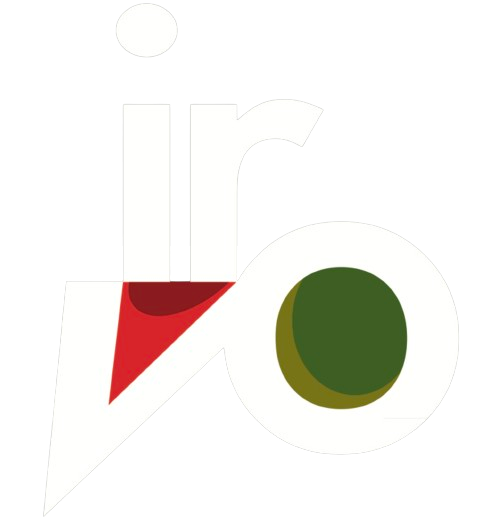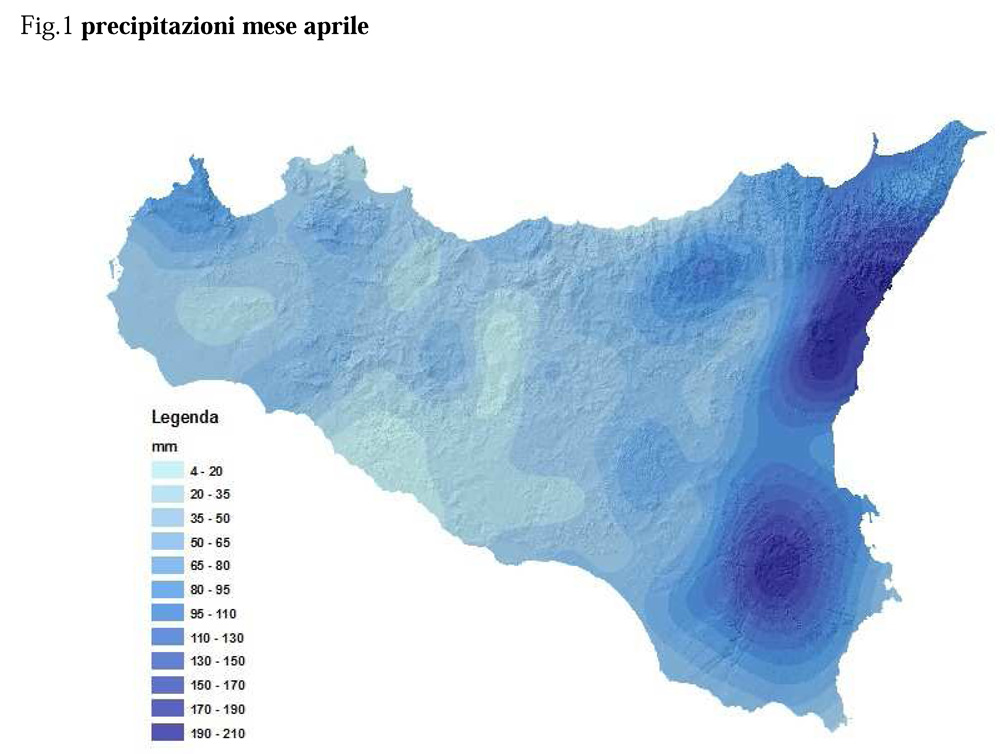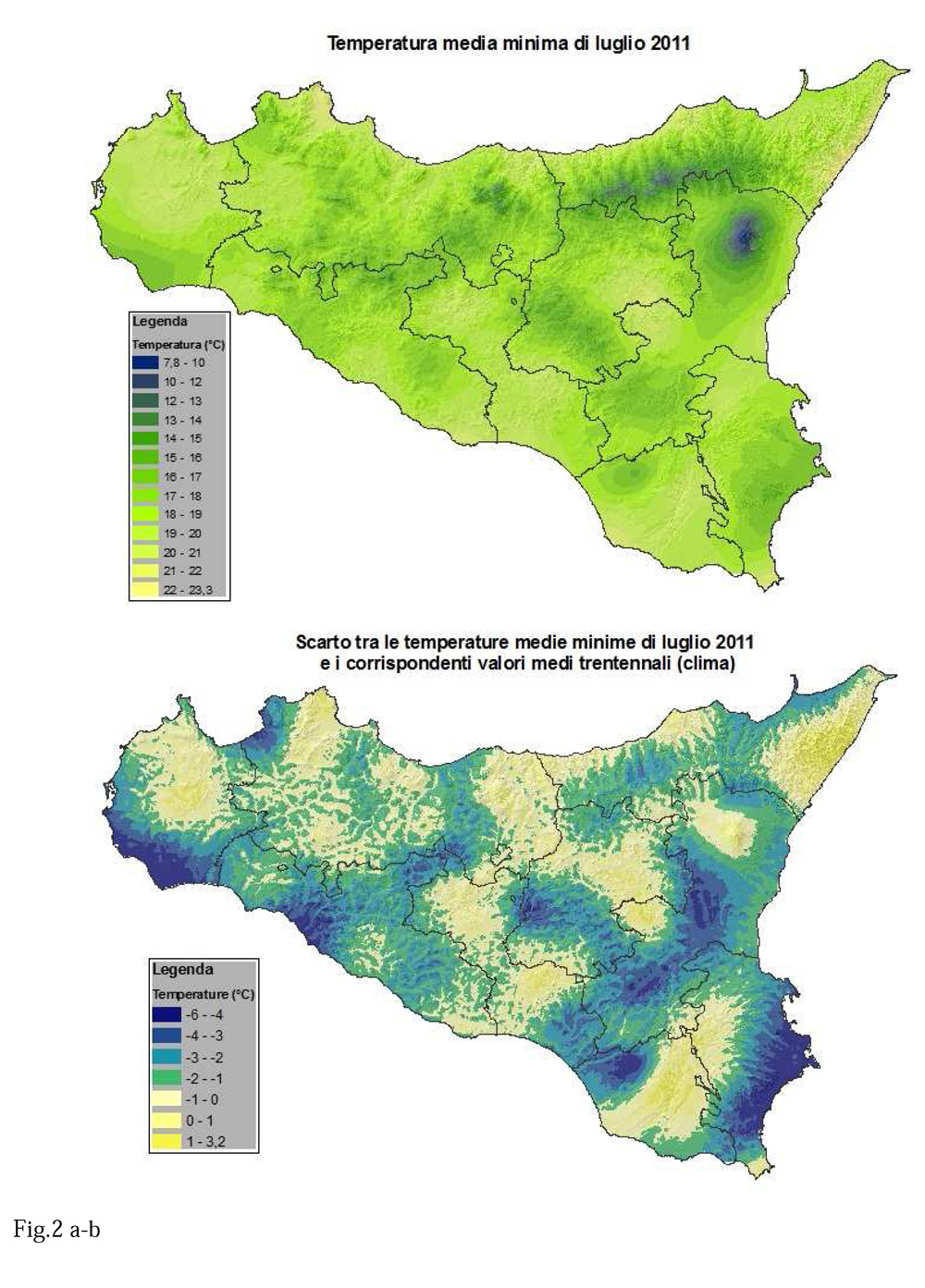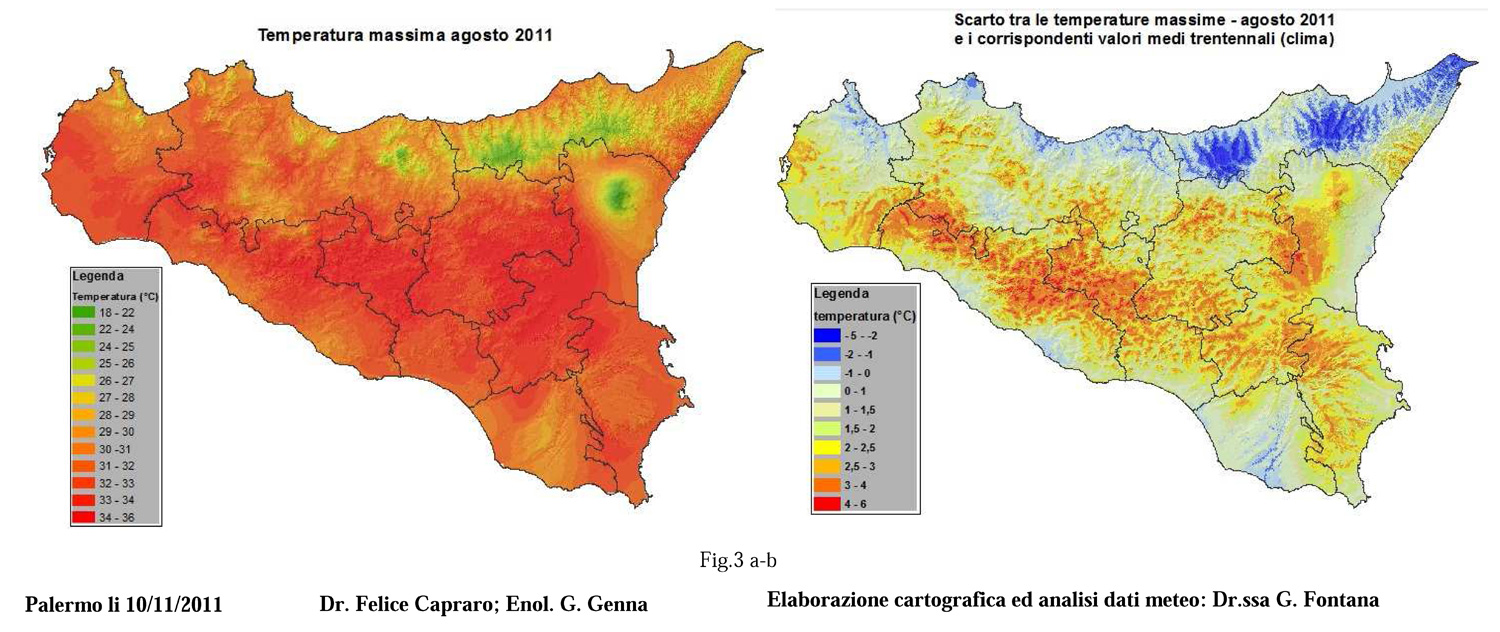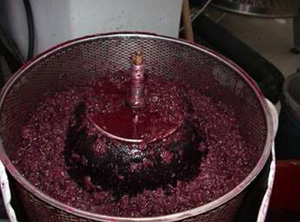Viticultural technical assistance
30 August 2011
2011 harvest
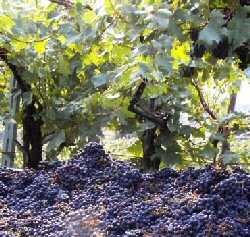
Harvest and vines
The harvest, as winemakers know well, represents the moment of truth, both for the quantitative-qualitative aspects, which reflect the choices made during the year, and for the expected economic result. In Sicily in 2011, the area of wine grapes in production was found to be equal to 92,700 hectares, of which 59,328 were cultivated with white grape varieties and 33,372 with black grape varieties. In our region, in normal years, an average production per hectare of 93 quintals for white grapes and 74 for black grapes can be considered correct in general. The rains that fell during the flowering period had a negative impact on the fruit setting, causing the formation of sparser bunches; the appearance of Peronospora infections caused damage which in some areas, fortunately limited, also led to a quantitative reduction in 50%; the thermal excesses and the consequent water stress of the vineyard, found starting from the second fortnight of August, have "dried out the bunch", resulting in a weight loss.
These conditions compromised the quantitative yield of the 2011 harvest, inducing a loss of product between 25% and 30 % compared to what was expected from the hectares in production. With reference to the quantity we have therefore estimated a total production of grapes, between 5,990,274 and 5,590,922 quintals. The Italian Oenologists Association states, in its recent report on the harvest, that the average yield of wine and must for Sicily was 73%. Ultimately, taking into account the hectares in production, an estimated damage of 25-30 % and the average wine yield, it is believed that the maximum wine production in our region could be between 4,372,900 and 4,081,373 hectoliters .
Considerations on the meteorological trend with reference to the most important phases of the vine cultivation cycle
The months of April and May saw normal temperature trends, with maximum and minimum temperature values in line with or lower than climatic averages. Precipitation in the month of April (Fig.1) was concentrated in eastern, south-eastern Sicily and the Etna area, with cumulative values higher than climatic values by up to 180 mm; in the month of May, the areas with the highest values of the positive deviations of the monthly precipitation compared to the climatic values were eastern and south-eastern Sicily and the Etna area, but also the internal hills of the Palermo and Nisseno areas, and the Tyrrhenian area. Rainfall in June was higher than the climatic average in the Corleone area, on the northern side of Etna and in some internal areas between the Nisseno and Ragusa areas; the rainfall in July and August was, however, in line with the climate. As regards the thermal trend, the month of June was in line with the climatic averages.
The thermal anomaly detected in July recorded optimal ranges for the vine,
with maximum temperature values that are not high and minimum temperatures with negative deviations of up to -6 °C compared to the climate; the average maximum temperature was around 31 °C and the minimum temperature was around 18 °C; it is important to specify that there were few days with a maximum temperature above 35 °C, therefore, conditions such as to inhibit the enzymatic processes for the evolution of maturation for a long time did not occur; the minimum temperature values recorded, well below the climatic averages (Fig. 2), determined an optimal monthly temperature range for the biosynthesis activities of the polyphenolic substances. This thermal trend continued until the first ten days of August; the last 15 days of August have seen
instead high temperatures (Fig.3 ab), particularly in the maximum values, which were constantly above 35 °C in many stations. The average maximum temperature values for the month of August were above the climatic averages, reaching deviations of up to +6 °C, compared to the climate, in the internal areas.
Note on the wines produced in the G. Dalmasso experimental cellar of the IRVV
The vinifications carried out in Marsala provide us with sufficient information to express a first judgment on the quality of this harvest. But this should not be understood as an overall judgment on the quality of the wines of our region.
In general the wines are quite fruity and rich in aromas, pleasant in terms of freshness, especially the white wines, whose grapes were harvested before the great heat of late August, but also the wines from native grapes, harvested in September, they are quite pleasant and fresh. The red wines are rich in color, a little less in tannins than the previous vintage but rich in primary aromas. The sweet wines, made from aromatic grapes, are fresh and fruity, with excellent varietal aroma and the traditional white wines (Marsala based), coming from fields where harvesting has been postponed, are particularly rich in structure, alcohol and aroma. For a summary evaluation of the main enochemical values of the wines, the following considerations are made: the white wines from Grillo and Zibibbo have an alcohol content of around 13%, 12% for the Inzolia and 11-12% for the Catarratti. The Grillo and Inzolia, selected to produce the Marsala base wine, reached values around 17% in natural alcohol, thanks to the very ripe grapes harvested at the end of September. The pH are generally 0.2 units lower than the 2010 harvest, for the grapes harvested before the heat, then the values remained normal; similar situation for total acidity, higher at the beginning, then lowering. The content of total polyphenols was lower than the 2010 values, in the order of 15-20%, both for the native and international whites, while the content of oxidizable proanthocyanidins was higher than normal, in the order of 30-35 ppm in Catarratti, 20-25 in Grillo, 10-15 in Chardonnay, 30-35 ppm in Inzolia. The values of the extracts are good, i.e. 23-24 g/L in the whites of Grillo and Chardonnay, 19-20 g/L in the Catarratto and Grecanico; glycerol values are normal, equal to 6-7 g/L. The red wines are notable for their good alcohol content, on average around 14-15 degrees and not high values in dry extract, as usual. The pH is low for Nero d'Avola and average for Merlot and Syrah; the total acidities are respectively higher for the native vines and lower for the international ones. Polyphenols are on average around 2500 ppm and are lower than the previous year, while anthocyanins present normal values, equal to 350-400 mg/L in Merlot, 500-550 mg/L in Nero d'Avola and 450- 500 mg/L in Syrah. High values of anthocyanin monomers were found, in the order of 70% compared to the totals, in fact, a good and prolonged conservation must be foreseen before bottling in order to favor the polymerization phenomena. The coloring intensities are in the average of the values found in previous years in the experimental cellar.
Ultime notizie
News 9 January 2025
Public Consultation Update PTPCT IRVO 2025-2027
Public consultation for the purpose of updating the Three-Year Plan for the Prevention of Corruption and Transparency (PTPCT) 2025/2027 In order to allow maximum involvement in the preparation of the update of the Three-Year Plan for the Prevention of Corruption and Transparency of the Regional Institute of Wine and Oil for the three-year period 2025/2027, all those who are interested are invited - in particular citizens, companies, consumer associations, representative trade unions, other entities operating in the territory representing particular interests - to send observations and/or proposals to the Person in Charge of the Prevention of Corruption and Transparency (RPCT), which will be evaluated when drafting the document.

